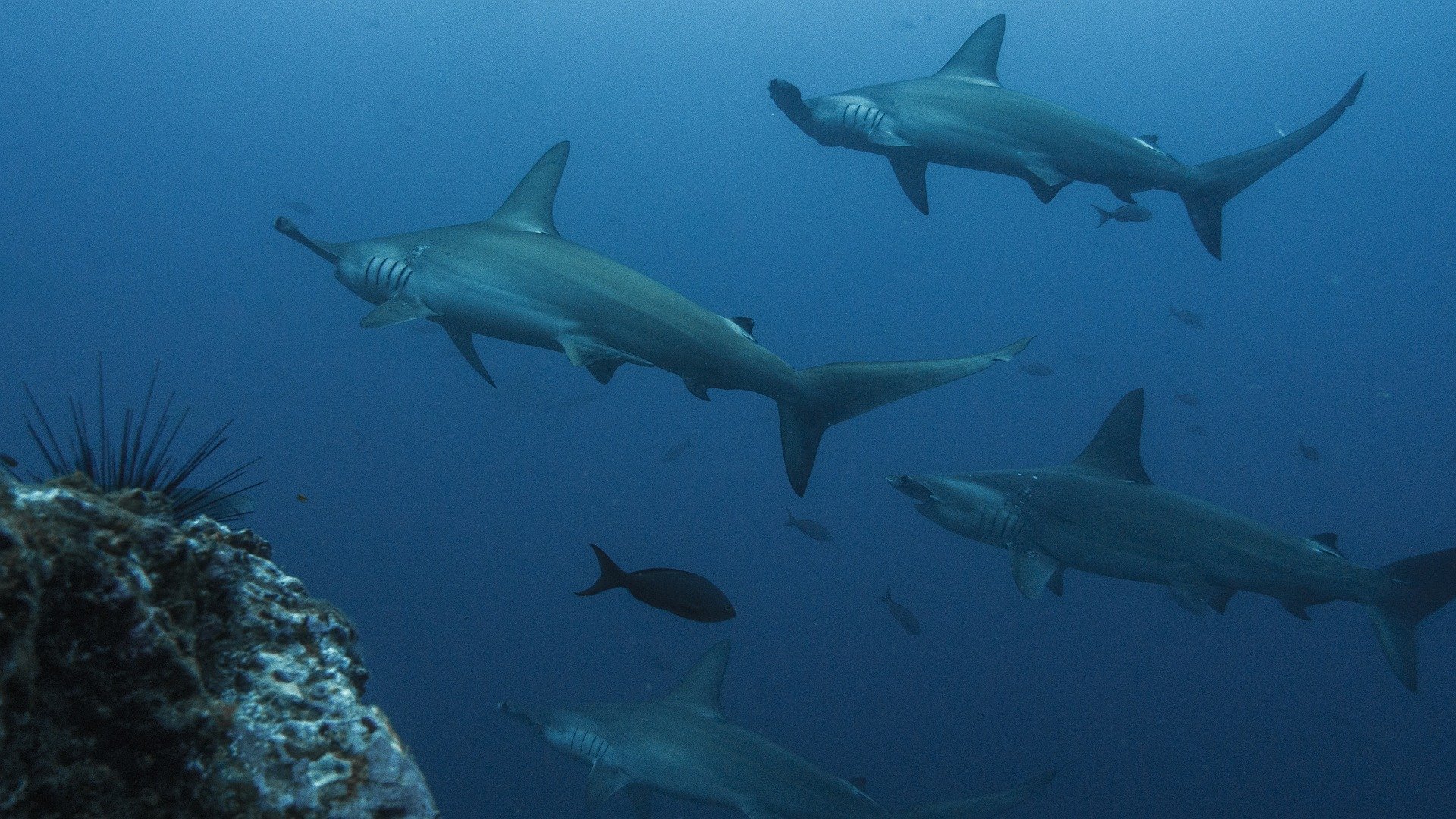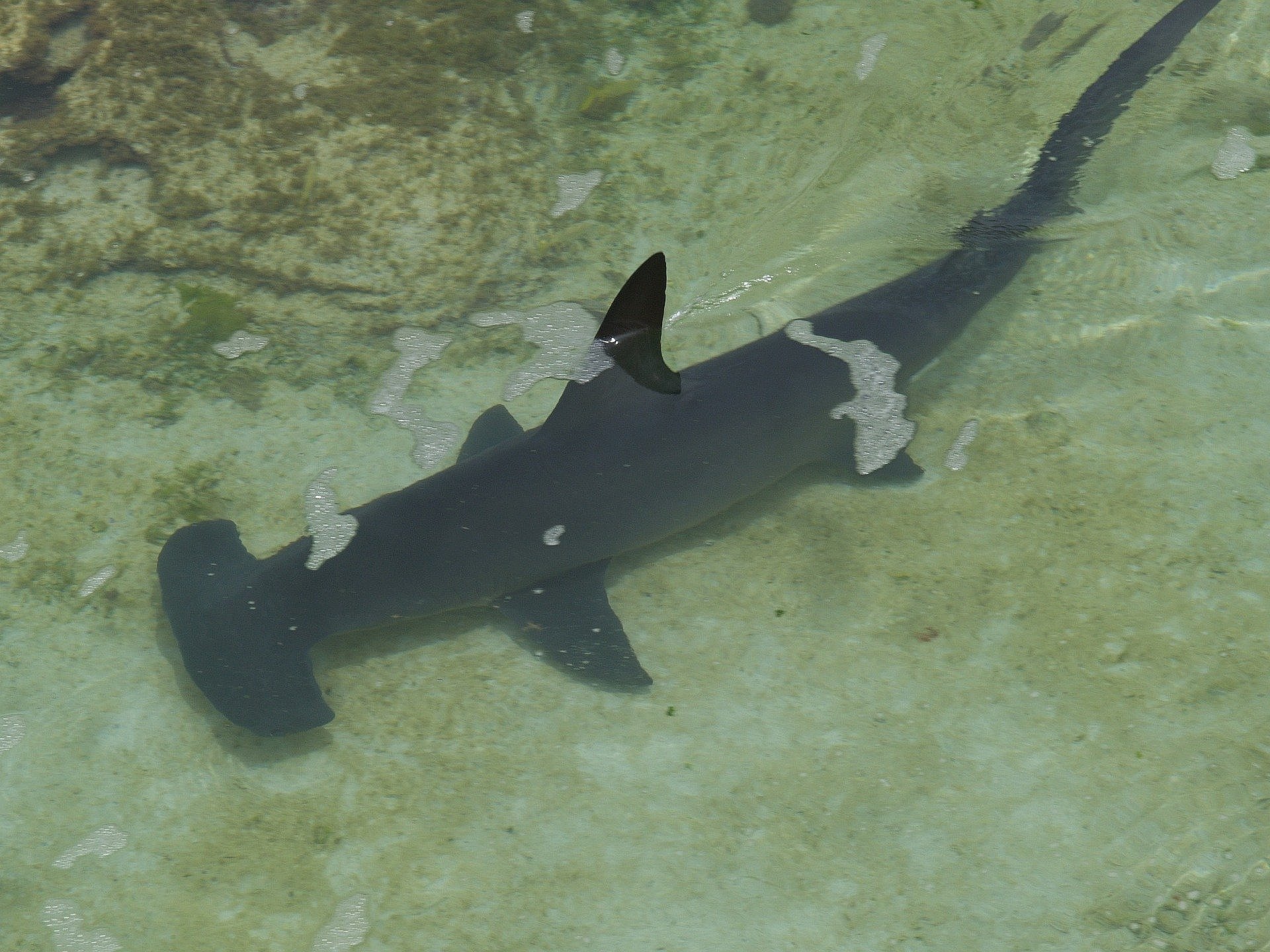
The Galapgos Shark
The Carcharhinus Galapagensis
Despite its name, the Galapagos shark is found all over the world, but it was first discovered in what is now the Galapagos Marine Reserve. Galapagos sharks closely resemble reef sharks and dusky sharks, making them difficult to identify in the field. The Galapagos shark, despite its name, is not limited to the Galapagos region but can be found all over the world. It was first discovered in what is now known as the Galapagos Marine Reserve.
How is the climate crisis impacting the Galapagos Shark?
During an El Nino event, the surface waters of the Pacific Ocean warm due to the winds blowing over the vast Pacific. This reduces the upswelling of cooler, nutrient-rich waters from the deep and can reverse the ocean currents along the equator and along the west coast of South and Central America.
The El Niño phenomenon could reduce sharks, but it may also shift attention towards other marine species that flourish in warmer waters. The area becomes a haven for tropical fish and corals, offering divers a unique perspective.
The El Niño event
Fun Facts
Galapagos sharks eat primarily benthic bony fish, but in Galapagos, they also prey on fur seals and sea lions. They have also been known to be cannibalistic, so young shark pups tend to stay in shallow inland waters, away from groups of adults.

The Sphyrnidae

